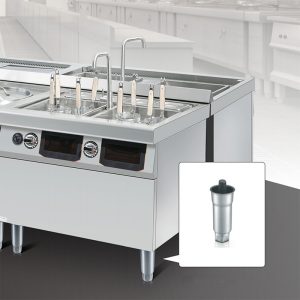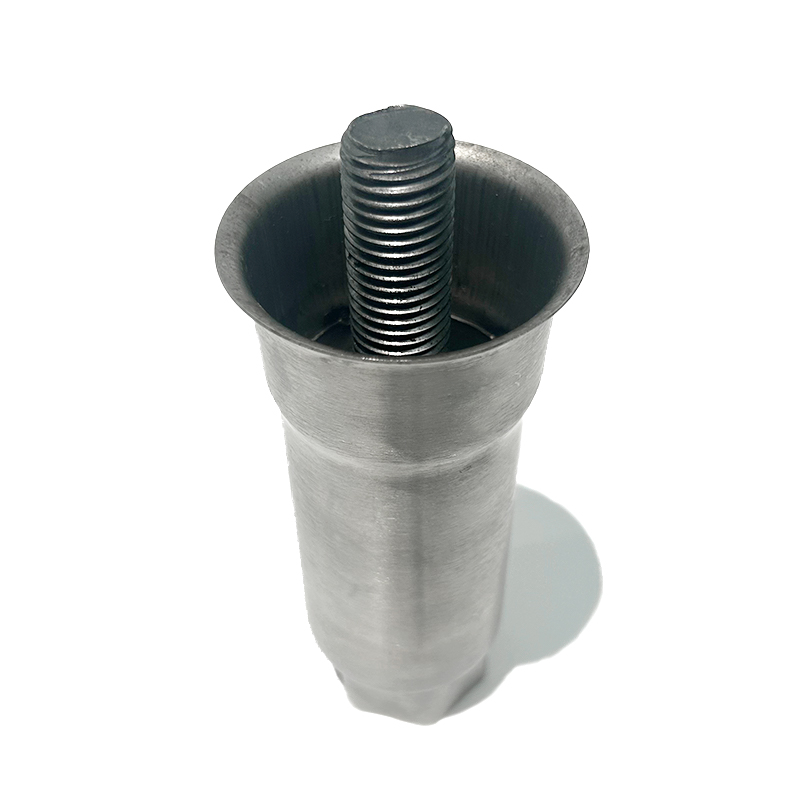5 Days a week from 8:30 am to 5:30 pm
Adjustable Legs in Commercial Kitchens: Key Details You Can’t Overlook

Picture this: a bustling commercial kitchen where chefs dash between stations, heavy pots clang on counters, and floors get slick from spills. In that chaos, the last thing you need is wobbly tables or uneven equipment throwing off the flow. That’s where adjustable legs come in. They keep everything steady, level, and safe. But picking the right ones isn’t as simple as it sounds. Miss a few details, and you could end up with gear that fails under pressure.
Why Adjustable Legs Matter in Busy Kitchens
In commercial kitchens, adjustable legs support sinks, worktables, ovens, and fryers. They handle weight, vibrations, and constant use. Get them wrong, and safety slips. Workers might strain their backs bending over uneven surfaces. Or worse, equipment could tip.
This post dives into the must-know details for choosing adjustable legs. We’ll draw from real kitchen needs and proven designs. Think about strength, ease of use, and fit for your space. By the end, you’ll know what to look for to keep your kitchen running smooth.
Types of Adjustment Mechanisms: Manual or Automatic?
First off, how do the legs adjust? It’s a big deal in kitchens where time is tight.
Most adjustable legs in commercial setups use manual systems. You twist a threaded base to raise or lower the height. Simple, right? No power needed. These work great for fixed spots like prep tables.
Then there’s automatic or gravity-based adjustment. Some legs sense weight and shift on their own. Picture a stainless steel foot that levels equipment as you load it up. No tools required. This shines for heavy ovens or fridges that move around less but need perfect balance.
However,in kitchens, those are rare—too pricey and overkill for wet environments. Stick to gravity or threaded for reliability.
Here’s a quick breakdown:
Manual Threaded: Affordable, easy to clean. Great for cabinets and tables.
Gravity Adjustable: Self-levels under weight. Reduces vibrations from mixers or fryers.
With Wheels: Adds mobility. Adjust height and roll equipment for cleaning.
Choose based on your setup. A bakery might need stable, vibration-dampening legs. A food truck? Something mobile.
Material Choices: Strength Meets Kitchen Demands
Materials make or break adjustable legs in commercial kitchens. Steam, grease, and water attack everything.
Stainless steel tops the list. It’s tough against corrosion and heat. Think about those hot ovens—legs need to withstand temperatures without warping. Plus, stainless wipes clean fast, key for health inspections.
But not all steel is equal. Look for heavy-duty grades with strong load capacity. Some handle up to 500 pounds per leg. That’s vital for loaded worktables.
Plastic options exist too, like engineering plastic with metal threads. Cheaper and lighter. They suit lighter gear, such as refrigerators. Add rubber pads, and they cut noise while boosting grip on slippery floors.
Avoid cheap alloys that rust quick. In a damp kitchen, that spells trouble.
|
Material |
Pros |
Cons |
Best For |
|
Stainless Steel |
Corrosion-resistant, heat-tolerant, durable |
Higher cost |
Heavy equipment like ovens, fryers |
|
Engineering Plastic |
Lightweight, affordable, easy to adjust |
Less load capacity |
Lighter items like cabinets, fridges |
|
Steel with Rubber Pads |
Reduces noise, improves stability |
Can wear out faster |
Noisy areas with vibrations |
Pick what fits your kitchen’s grind. Durability saves money long-term.
Attachments and Add-Ons: Small Tweaks, Big Impact
Attachments turn basic legs into kitchen heroes.
Rubber pads are a game-changer. They grip floors, cut slips, and muffle noise. In a loud kitchen, that’s gold for focus.
Anti-vibration mounts? Essential near blenders or grinders. They absorb shakes, protecting equipment life.
For mobility, casters or wheels. Some adjustable legs come with them built-in. Roll a fryer aside for cleaning, then lock in place.
Threaded designs allow easy swaps. Need more height? Screw on extensions.
Bullet points for quick picks:
- Rubber pads: For stability and quiet.
- Vibration dampeners: Keep things steady during heavy use.
- Casters: Move gear without hassle.
- Smooth surfaces: Easy wipe-downs to meet hygiene rules.
These extras tailor legs to your workflow. Skip them, and you miss out on efficiency.
Mobility Options: Wheels or Fixed?
Kitchens evolve. One day, a station’s fixed; next, it needs to move for deep cleans.
Fixed legs suit permanent spots. They’re rock-solid, no wobble.
But wheels bring flexibility. Adjustable legs with casters let you reposition sinks or counters fast. Lock them when set.
In tight spaces, this matters. Commercial kitchens cram in gear—being able to shift helps.
Balance stability with movement. A mix works: wheeled for some, fixed for others.
Installation and Maintenance: Keep It Simple
Ease of setup counts in busy kitchens. Downtime hurts.
Most adjustable legs install quick—screw into equipment bases. No special tools.
Maintenance? Wipe down regularly. Check for wear monthly. Loose threads? Tighten up.
In wet areas, rust-proof coatings help. Stainless shines here.
Pro tip: Train staff on adjustments. Wrong twists lead to strips.
Good habits extend life, cutting replacement costs.

Cost Considerations: Value Over Price
Cheap legs tempt, but think long-haul.
Quality ones last years, handling daily abuse.
Factor in features: Corrosion resistance adds value in steamy spots.
OEM options customize to your needs. Worth it for unique setups.
Budget smart—invest where it counts, like high-use areas.
Introducing Foshan Simple Technology Co.Ltd: Your Reliable Adjustable Legs Supplier
Looking for top-notch adjustable legs? Turn to Foshan Simple Technology Co.Ltd. With over 15 years in the game, they’re pros at making grease filters, adjustable legs, bullet feet, frying baskets, and range hood lights for commercial kitchens.
Based in Foshan, they handle OEM and ODM orders. Their stainless steel adjustable legs stand out for corrosion resistance, strength, and easy use. They’ve built a solid chain from raw materials to delivery, keeping costs down and quality high.
Customers rave about their service. From custom logos to timely shipments, they deliver. As a trusted supplier, they focus on what kitchens need: durable, safe gear that performs.
Check their lineup at spckitchen.com. Whether gravity adjustable or wheeled, they’ve got options.
Conclusion
Wrapping up, adjustable legs in commercial kitchens are more than supports—they’re key to safety, efficiency, and smooth operations. We’ve covered mechanisms, materials, loads, attachments, and mobility. Don’t overlook these details; they make the difference in a thriving kitchen.
Pair with a solid supplier like Foshan Simple Technology Co.Ltd, and you’re set. Ready to upgrade? Dive in and see the change.
FAQs
What are the main benefits of using adjustable legs in commercial kitchens?
Adjustable legs can be used on worktops and in different bakeries, ovens, toasters, and freezers.Adjustable legs in commercial kitchens provide stability on uneven floors, reduce vibrations, and allow easy height tweaks for better ergonomics. They help prevent accidents and extend equipment life.
How do I choose the right material for adjustable legs in commercial kitchens?
Consider stainless steel for durability against moisture and heat. For lighter duties, plastic works well. Focus on your kitchen’s environment—wet areas need corrosion-resistant options.
What details should I check for load capacity in adjustable legs?
Look at the weight rating per leg and total for the setup. Factor in dynamic loads from chopping or heavy pots. Gravity adjustable types handle uneven weights best.
Can adjustable legs in commercial kitchens include mobility features?
Yes, many come with wheels or casters. These let you move equipment for cleaning while keeping adjustability. Lock them for stability during use.
Why add attachments like rubber pads to adjustable legs in commercial kitchens?
Rubber pads improve grip, cut noise, and boost stability on slippery floors. They’re a simple detail that enhances safety and comfort in busy spaces.

